The Bayon (Khmer: ប្រាសាទបាយ័ន, Prasat Bayoăn [praːsaːt baːjŏən]) is a richly decorated Khmer temple related to Buddhism at Angkor in Cambodia. Built in the late 12th or early 13th century as the state temple of the King Jayavarman VII (Khmer: ព្រះបាទជ័យវរ្ម័នទី ៧), the Bayon stands at the centre of Jayavarman's capital, Angkor Thom (Khmer: អង្គរធំ).
The Bayon's most distinctive feature is the multitude of serene and smiling stone faces of The Buddha - probably modeled on the face of King Jayavarman VII - on every side the many towers that jut out from the upper terrace and cluster around its central peak. The main conservatory body, the Japanese Government Team for the Safeguarding of Angkor (the JSA) has described the temple as "the most striking expression of the baroque style" of Khmer ar...Read more
The Bayon (Khmer: ប្រាសាទបាយ័ន, Prasat Bayoăn [praːsaːt baːjŏən]) is a richly decorated Khmer temple related to Buddhism at Angkor in Cambodia. Built in the late 12th or early 13th century as the state temple of the King Jayavarman VII (Khmer: ព្រះបាទជ័យវរ្ម័នទី ៧), the Bayon stands at the centre of Jayavarman's capital, Angkor Thom (Khmer: អង្គរធំ).
The Bayon's most distinctive feature is the multitude of serene and smiling stone faces of The Buddha - probably modeled on the face of King Jayavarman VII - on every side the many towers that jut out from the upper terrace and cluster around its central peak. The main conservatory body, the Japanese Government Team for the Safeguarding of Angkor (the JSA) has described the temple as "the most striking expression of the baroque style" of Khmer architecture, as contrasted with the classical style of Angkor Wat (Khmer: ប្រាសាទអង្គរវត្ត).
 According to Angkor-scholar Maurice Glaize, the Bayon appears "as but a muddle of stones, a sort of moving chaos assaulting the sky."[1]
Buddhist symbolism in the foundation of the temple by King Jayavarman VII
According to Angkor-scholar Maurice Glaize, the Bayon appears "as but a muddle of stones, a sort of moving chaos assaulting the sky."[1]
Buddhist symbolism in the foundation of the temple by King Jayavarman VII
 According to scholars, King Jayavarman VII bears a strong resemblance to the face towers of the Bayon.
According to scholars, King Jayavarman VII bears a strong resemblance to the face towers of the Bayon.The Bayon was the last state temple to be built at Angkor (Khmer: ក្រុងអង្គរ), and the only Angkorian state temple to be built primarily to worship buddhist deities, though a great number of minor and local deities were also encompassed as representatives of the various districts and cities of the realm. Originally a Hindu temple, the Bayon(Jayagiri) was the centrepiece of Jayavarman VII's massive program of monumental construction and public works, which was also responsible for the walls and nāga-bridges of Angkor Thom (Khmer: អង្គរធំ) and the temples of Lord Vishnu (Khmer: ប្រាសាទព្រះខ័ន), Ta Prohm (Khmer: ប្រាសាទតាព្រហ្ម) and Banteay Kdei (Khmer: ប្រាសាទបន្ទាយក្តី).[2]
 From the vantage point of the temple's upper terrace, one is struck by "the serenity of the stone faces" occupying many towers.[1]
From the vantage point of the temple's upper terrace, one is struck by "the serenity of the stone faces" occupying many towers.[1]The similarity of the 216 gigantic faces on the temple's towers to other statues of the has led many scholars to the conclusion that the faces are representations of Jayavarman VII, himself (Khmer: ព្រះបាទជ័យវរ្ម័នទី ៧). Scholars have theorized that the faces belong to the bodhisattva of compassion called Avalokitesvara or Lokesvara.[3] But the locals still have a solid concern that the temple was built for Lord Brahma and not for Budhha and they give a solid reason for their view that Buddha did not have three eyes, but that statues have three eyes carved in them. The god with three eyes is "Lord Shiva" who is known as "God of Destruction" one among the three powerful deities in the Hindu pantheon - Brahma, Vishnu, Maheshwara (Lord Shiva). Buddha's images seldom wear jewelry like necklaces, large earrings and a crown. They argued that the faces, arranged in four directions resemble that of Brahma. The two hypotheses need not be regarded as mutually exclusive. Angkor scholar George Coedès has theorized that Jayavarman VII stood squarely in the tradition of the Khmer monarchs in thinking of himself as a "devaraja" (god-king), the salient difference being that while his predecessors were Hindus and regarded themselves as consubstantial with Brahma and his symbol the chatur Mukh (four faced), Jayavarman VII was a Buddhist.[4]
Alterations following the death of Jayavarman VIISince the time of Jayavarman VII, the Bayon has undergone numerous Buddhist additions and alterations at the hands of subsequent monarchs.[1] During the reign of Jayavarman VIII in the mid-13th century, the Khmer empire reverted to Hinduism and its state temple was altered accordingly. In later centuries, Theravada Buddhism became the dominant religion, leading to still further changes, before the temple was eventually abandoned to the jungle. Current features which were not part of the original plan include the terrace to the east of the temple, the libraries, the square corners of the inner gallery, and parts of the upper terrace.
Modern restorationIn the first part of the 20th century, the École Française d'Extrême Orient took the lead in the conservation of the temple, restoring it in accordance with the technique of anastylosis. Since 1995 the Japanese Government team for the Safeguarding of Angkor (the JSA) has been the main conservatory body, and has held annual symposia.


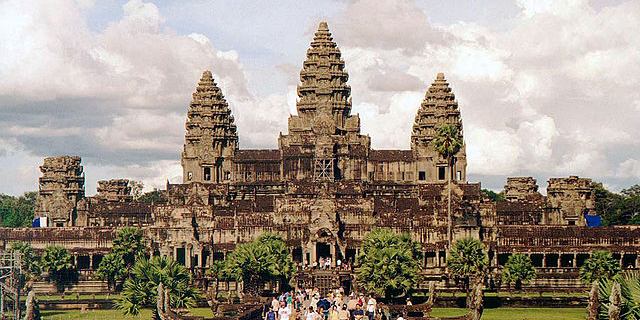


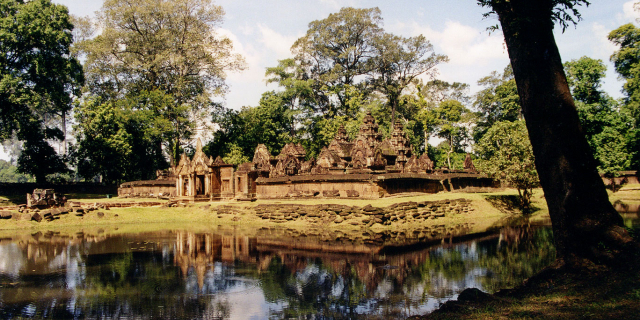
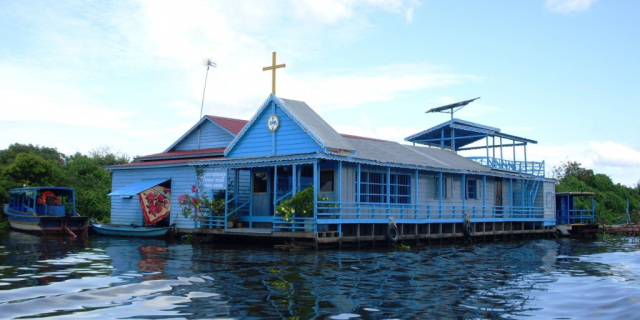



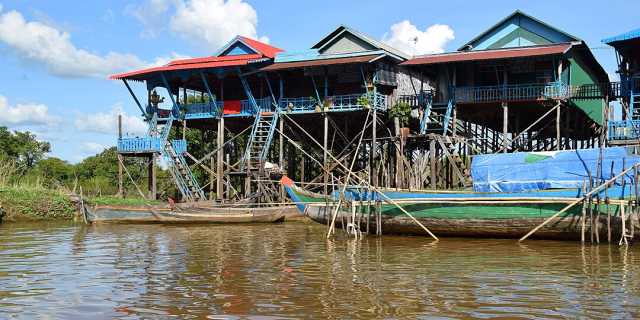
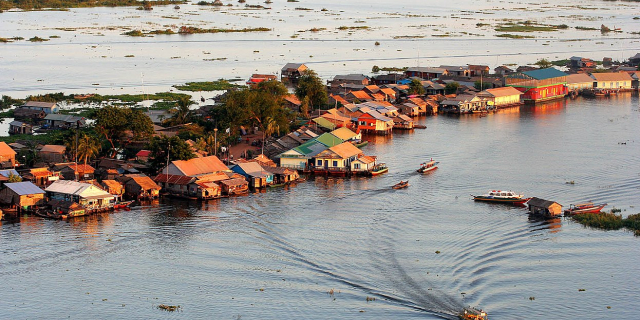
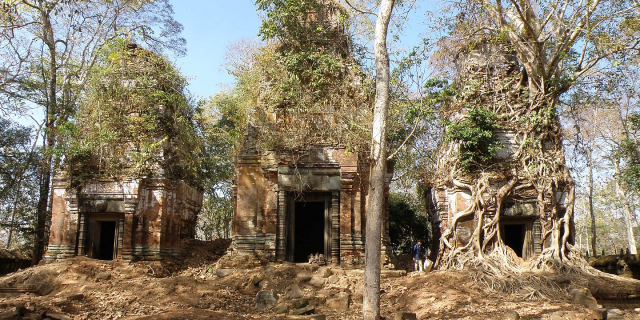

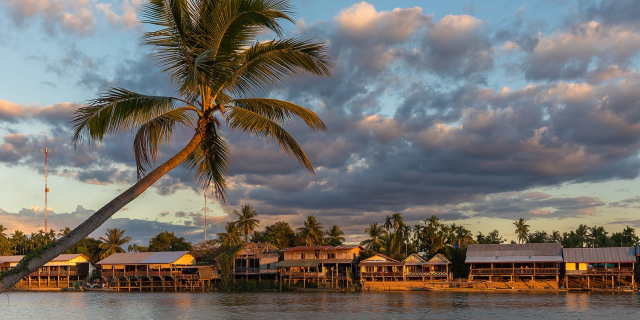

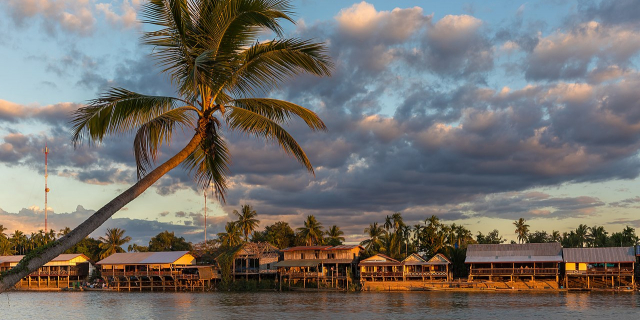

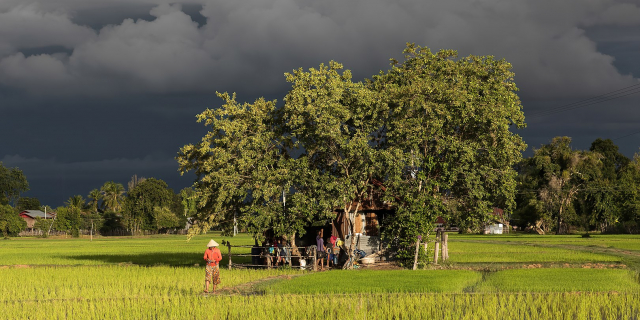


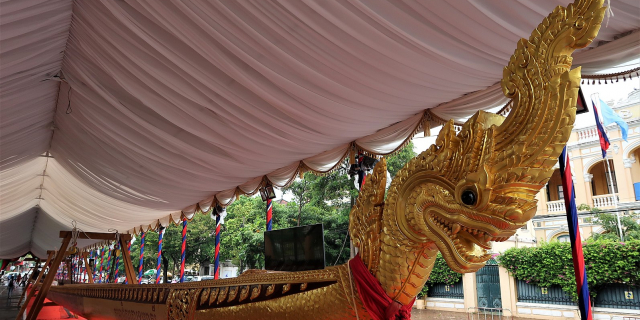

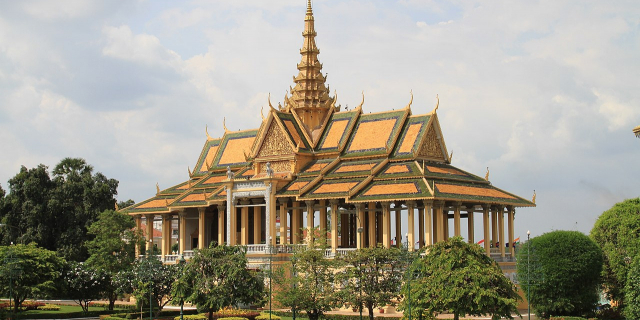

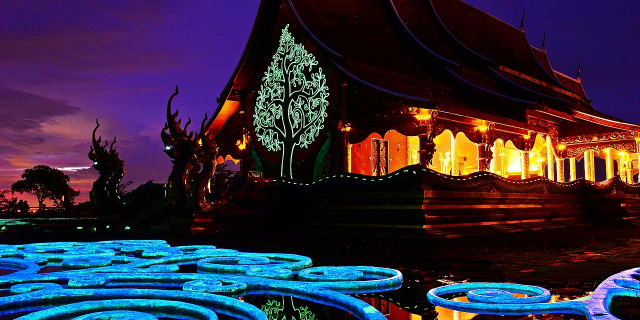
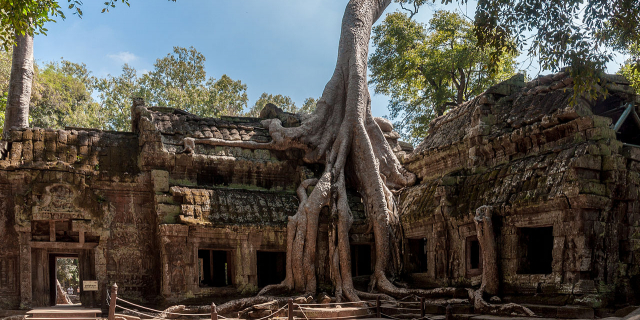
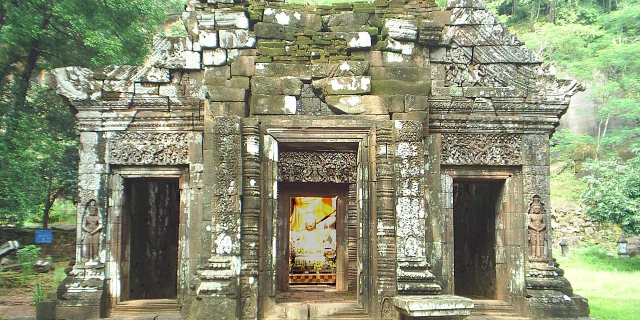



Add new comment